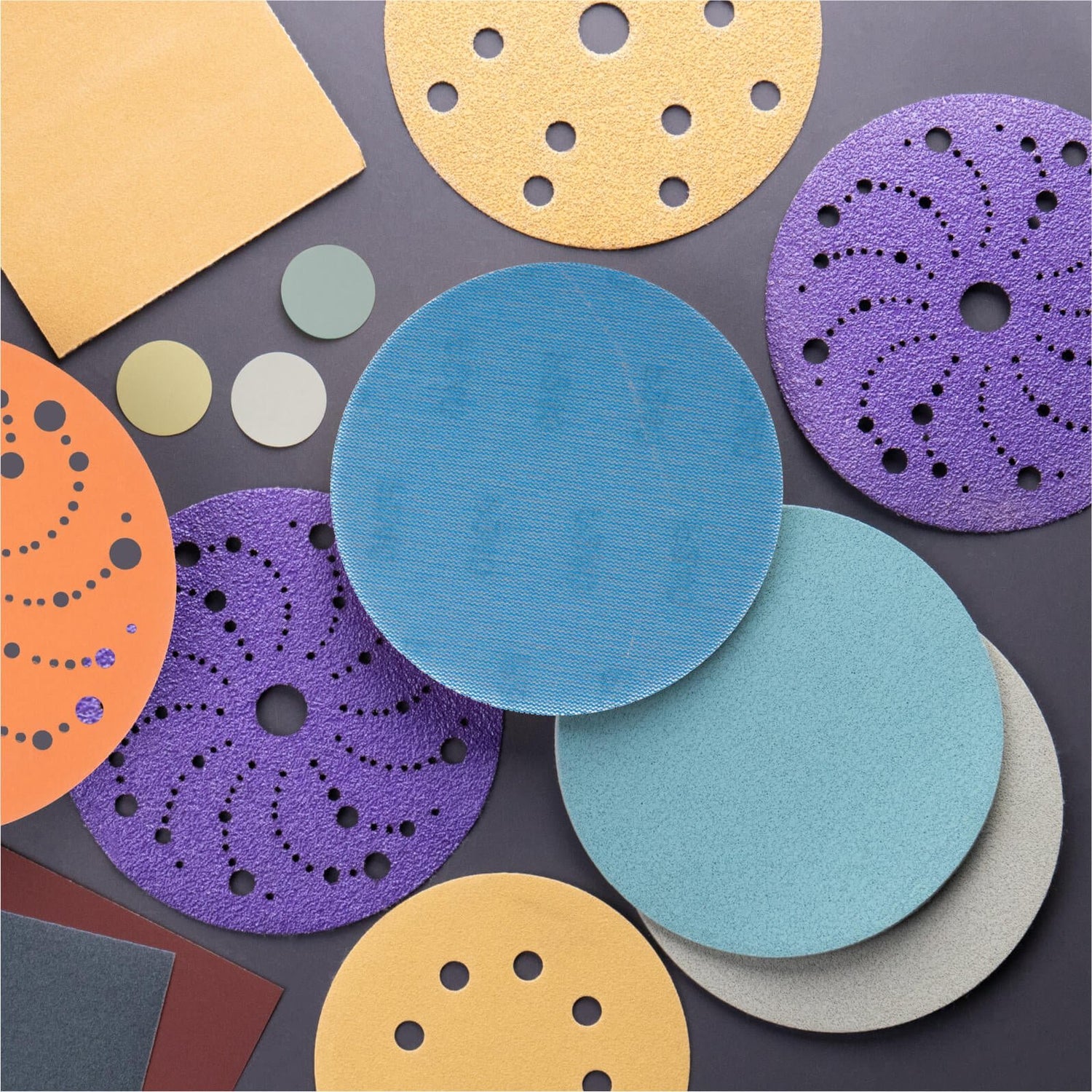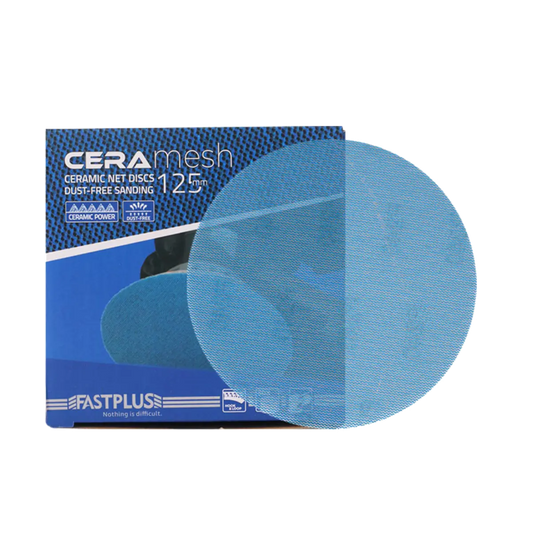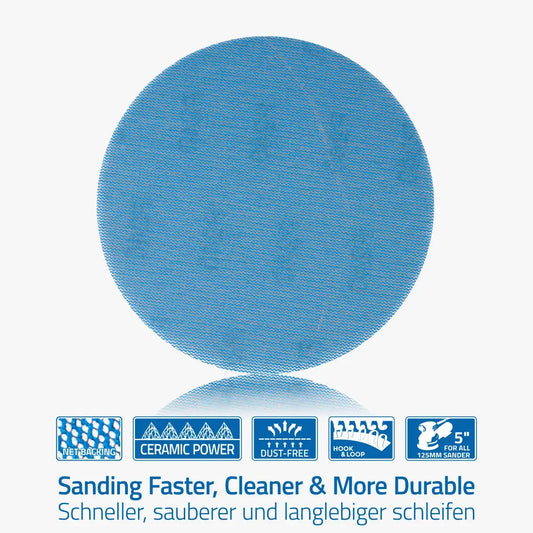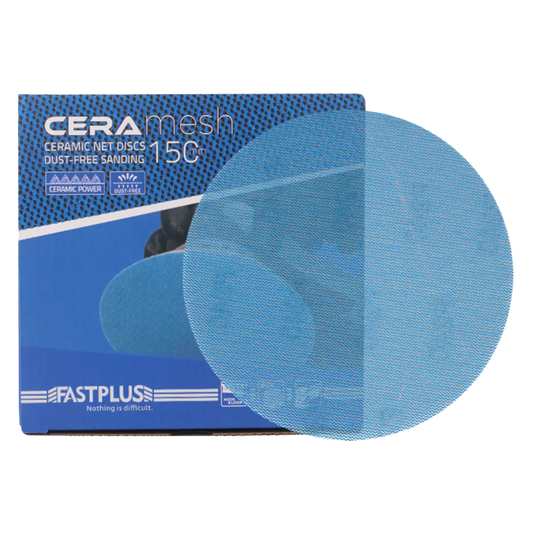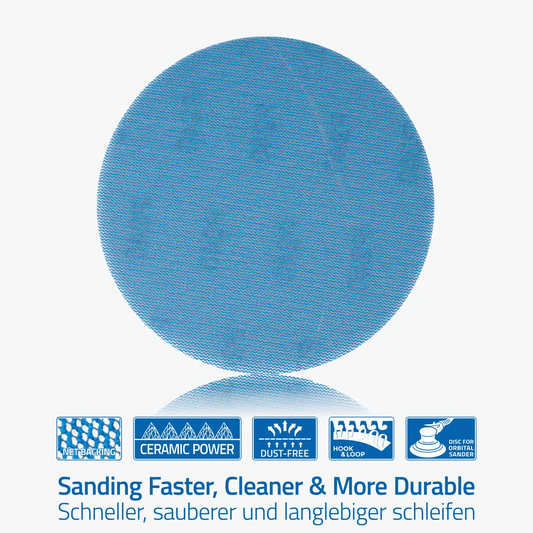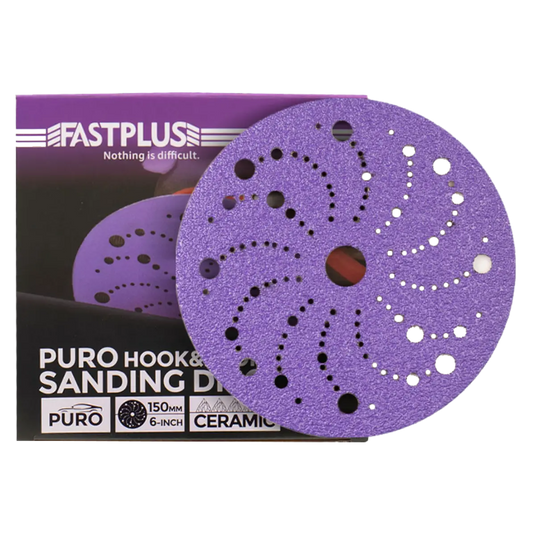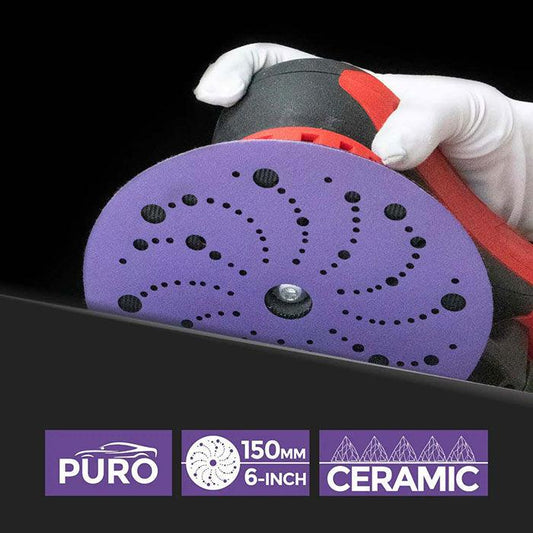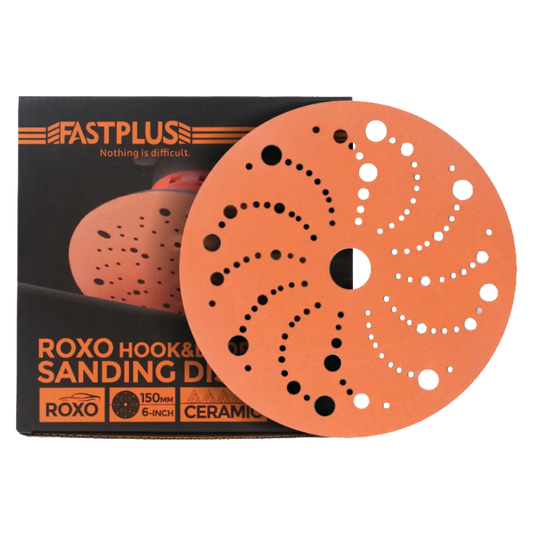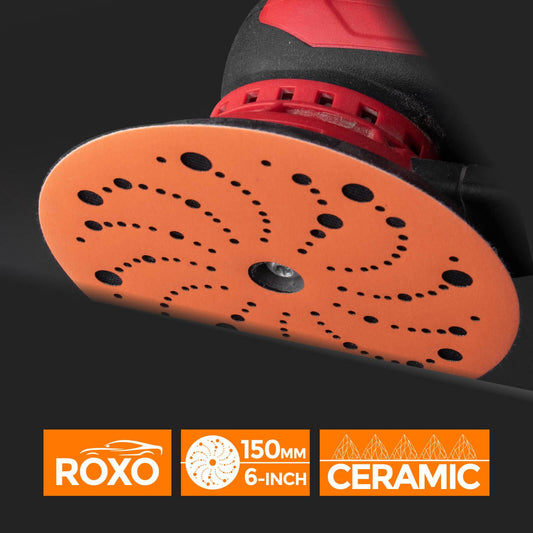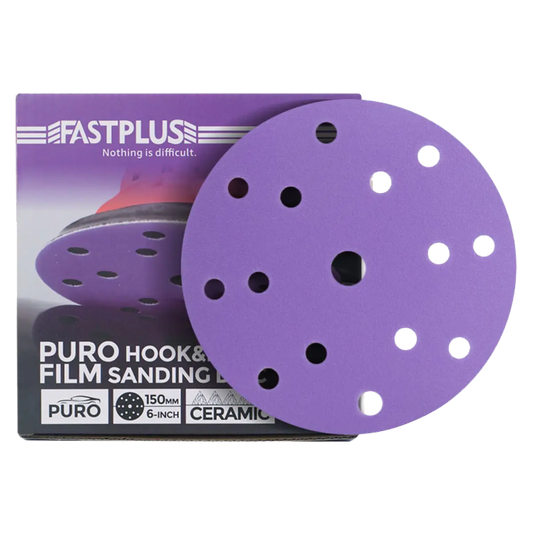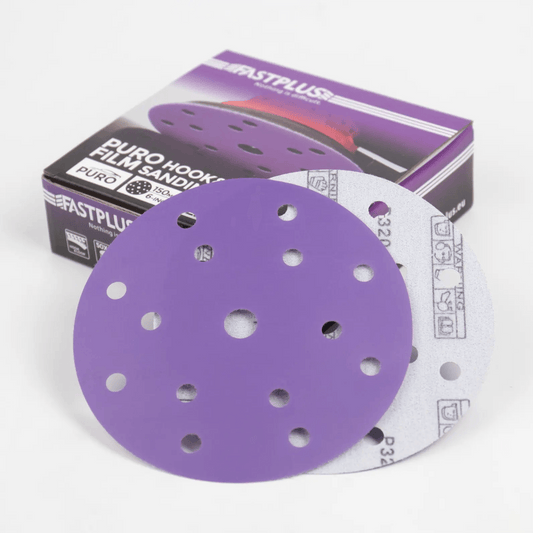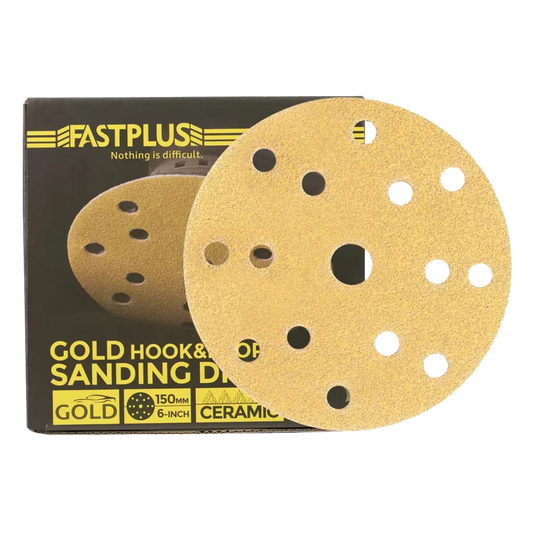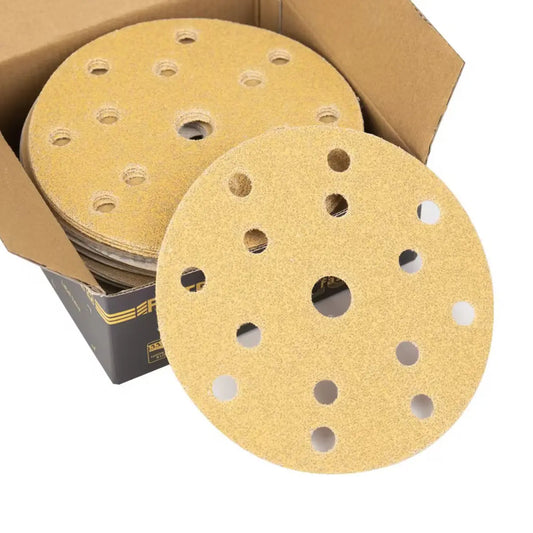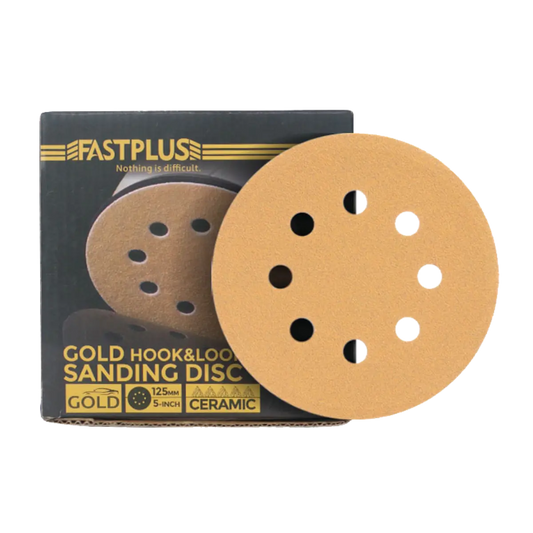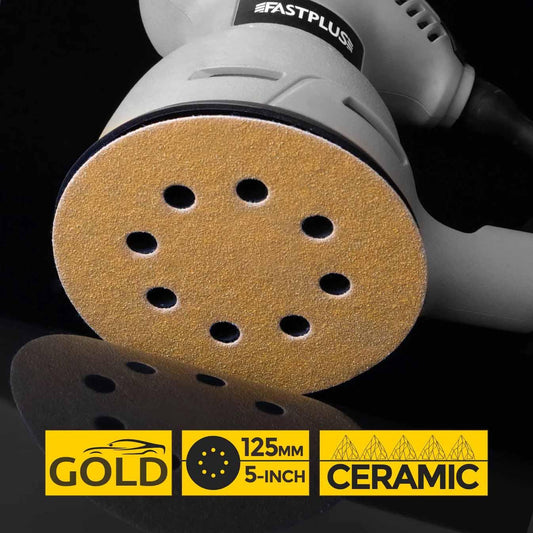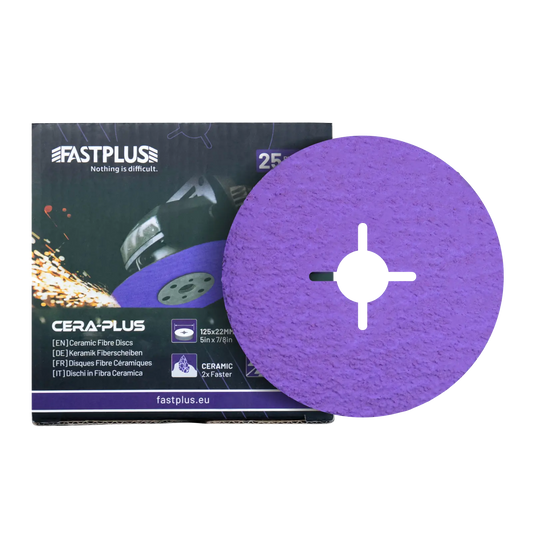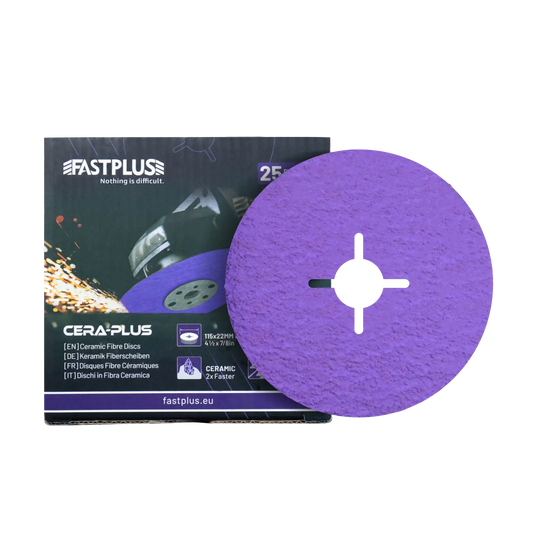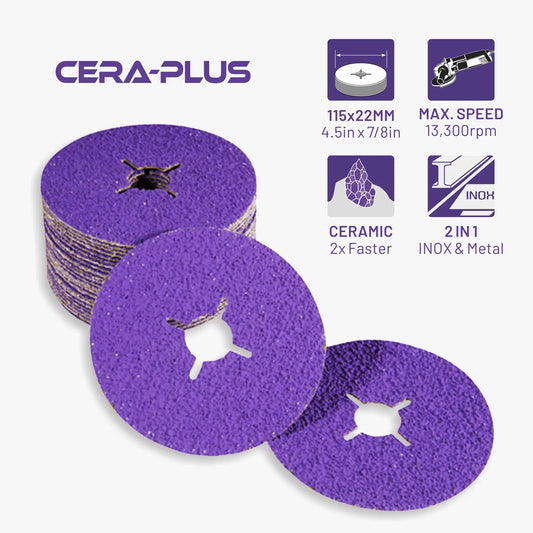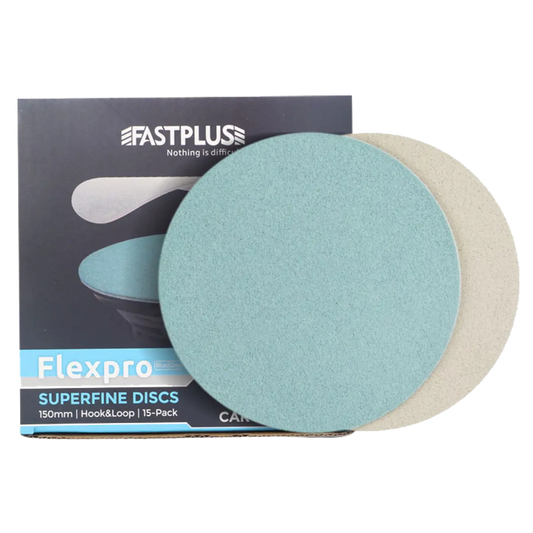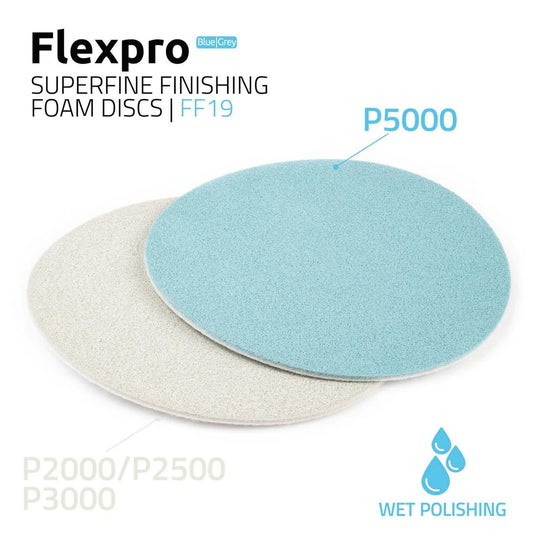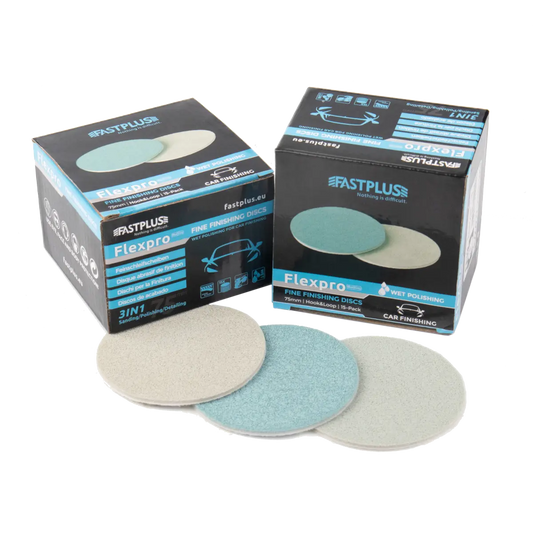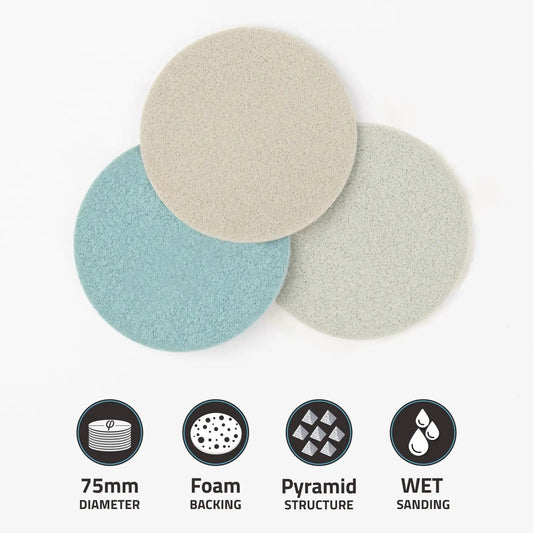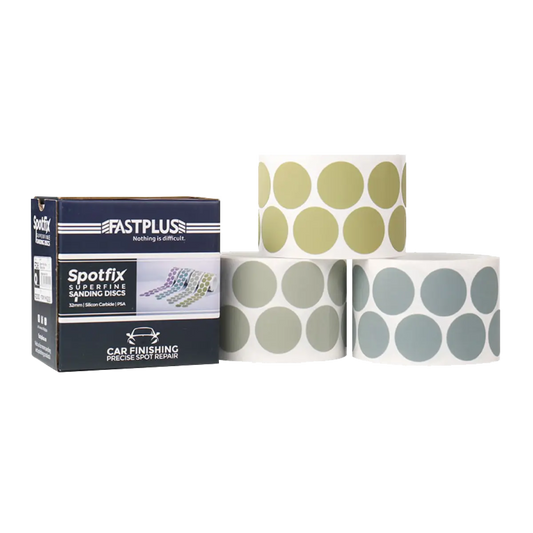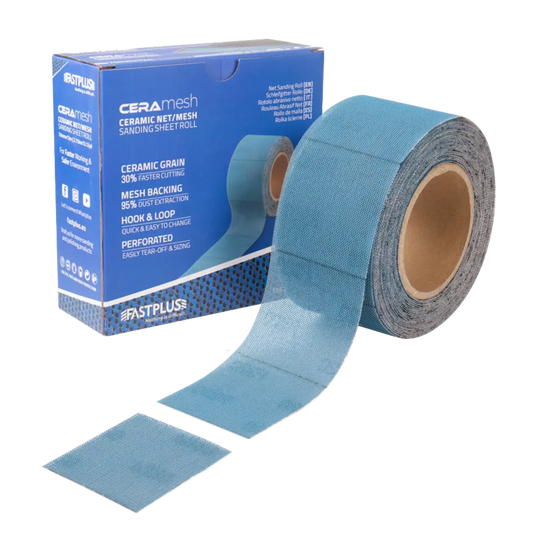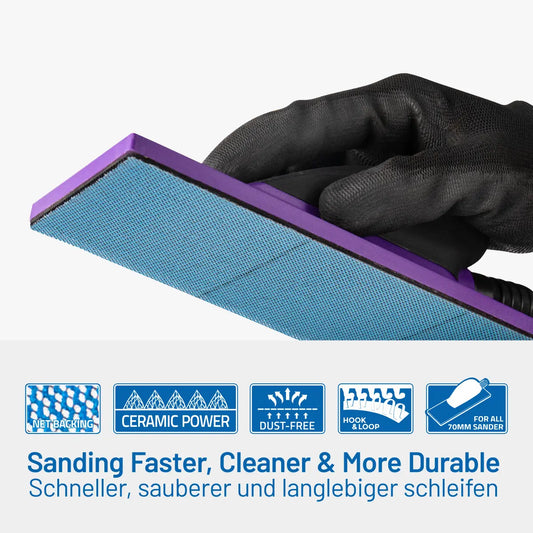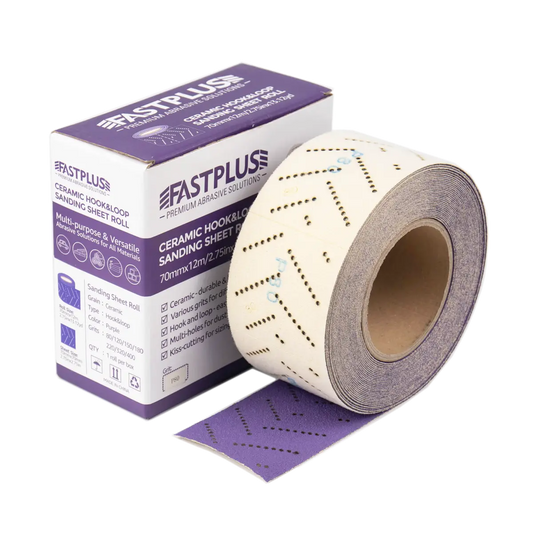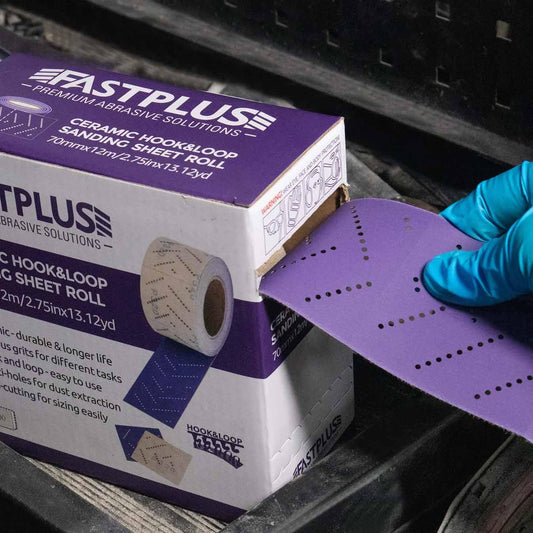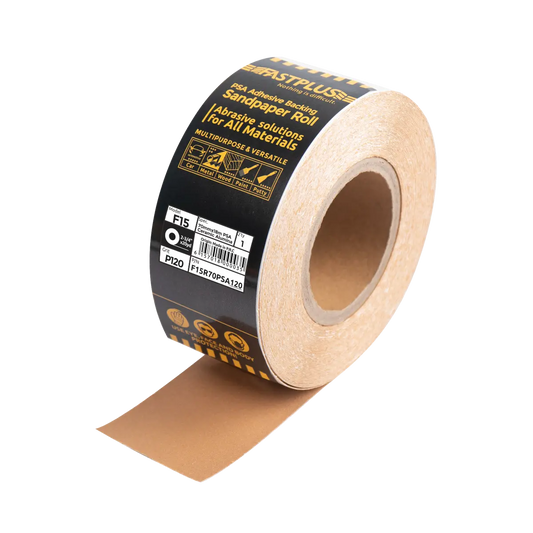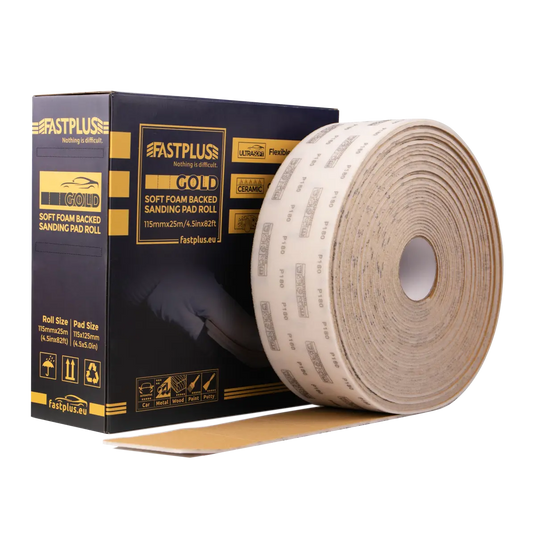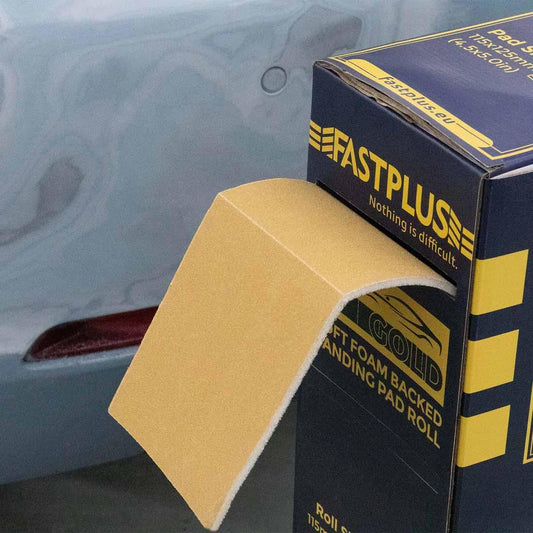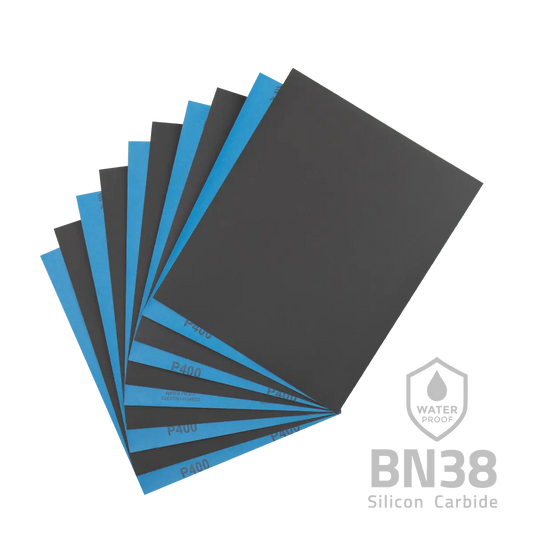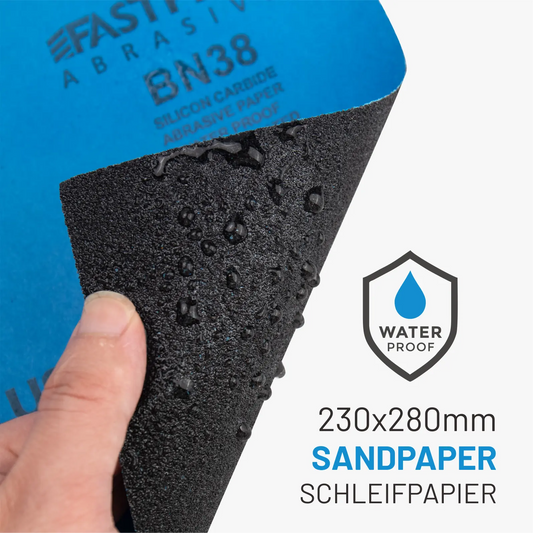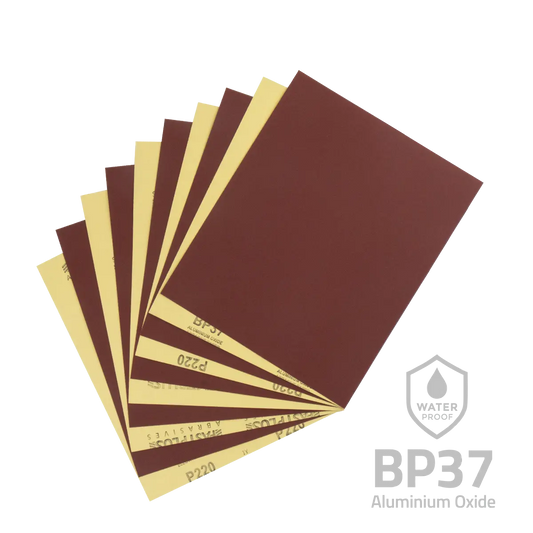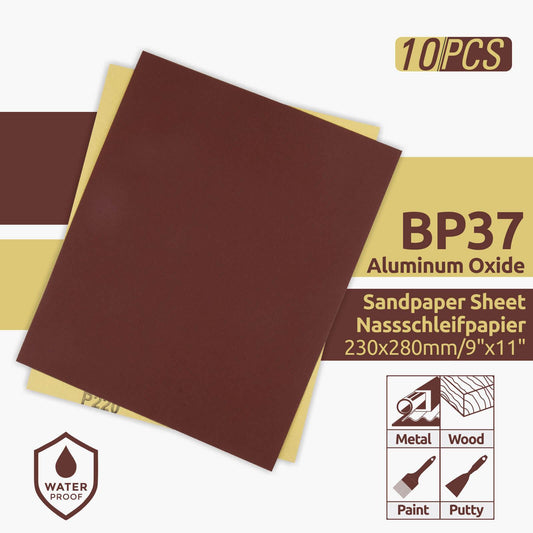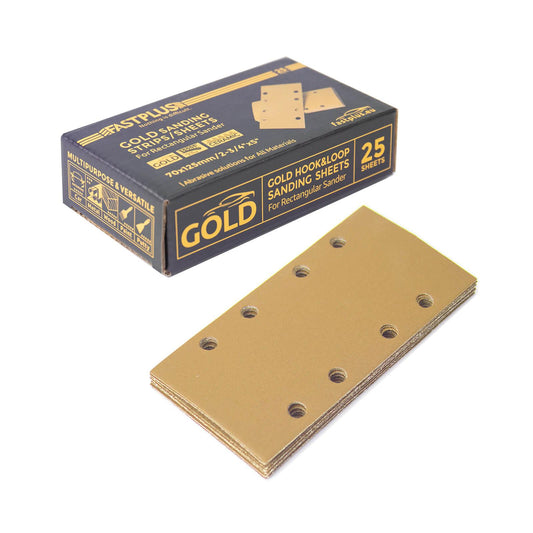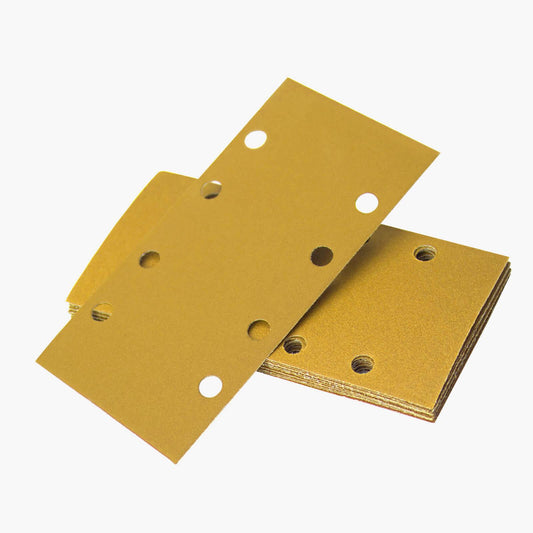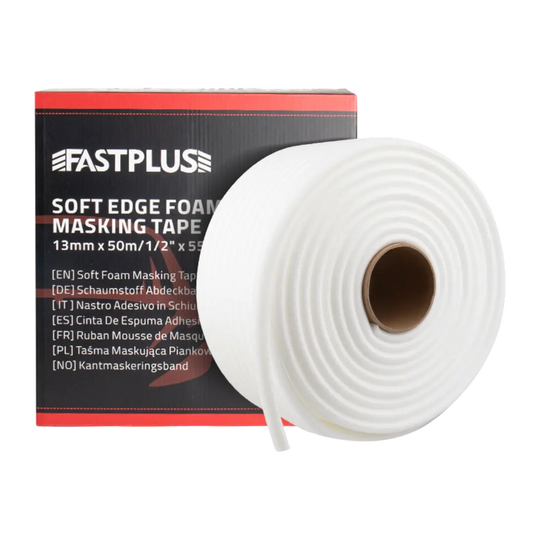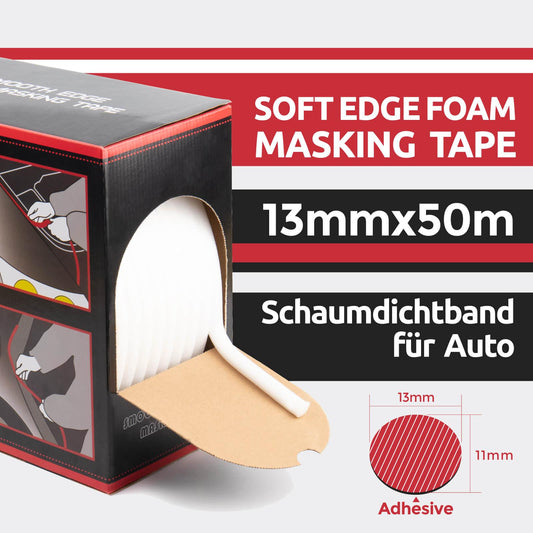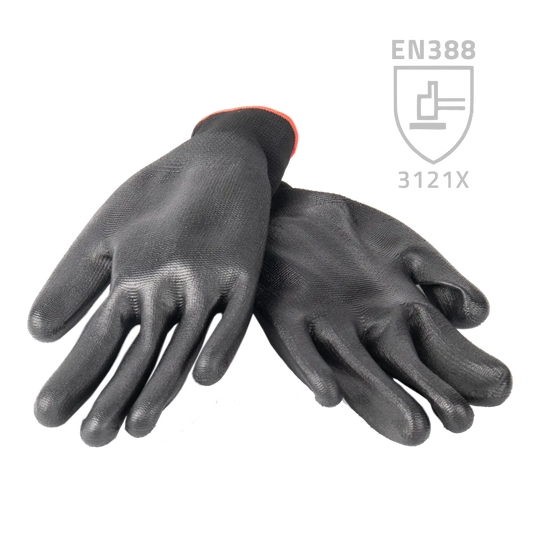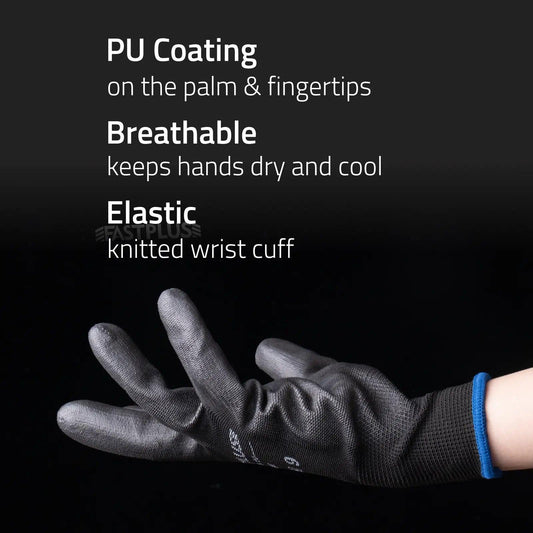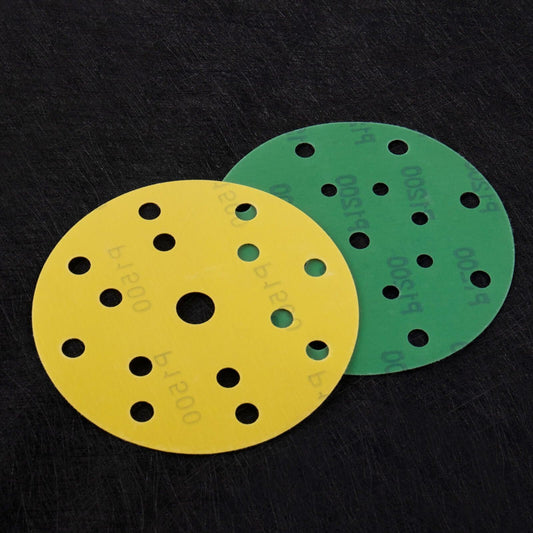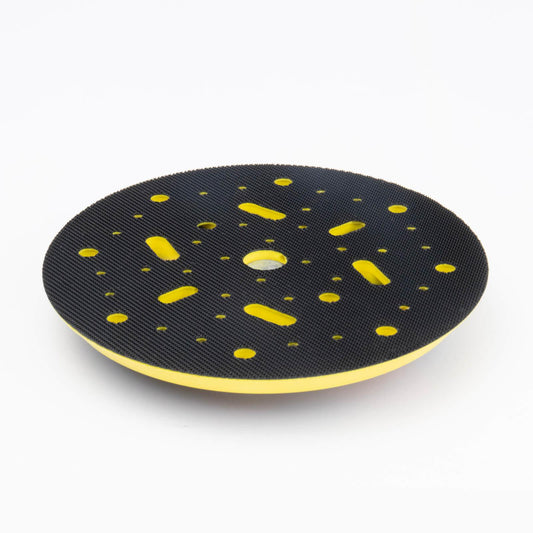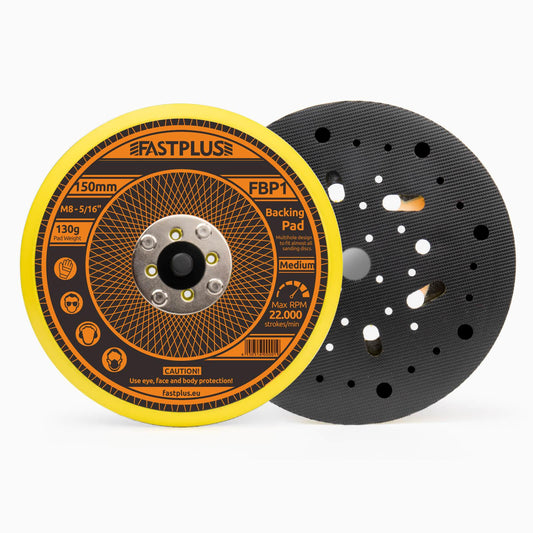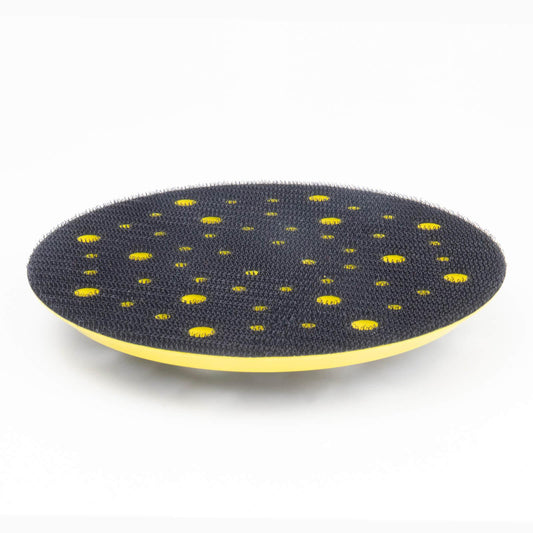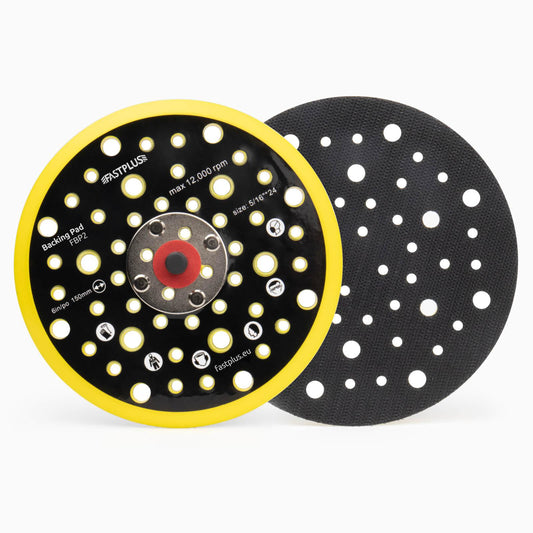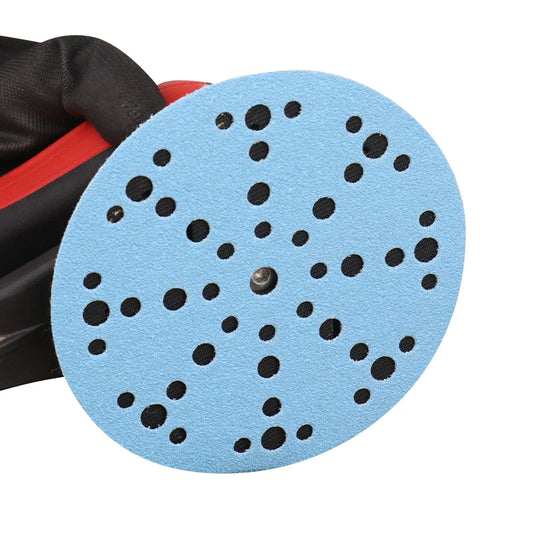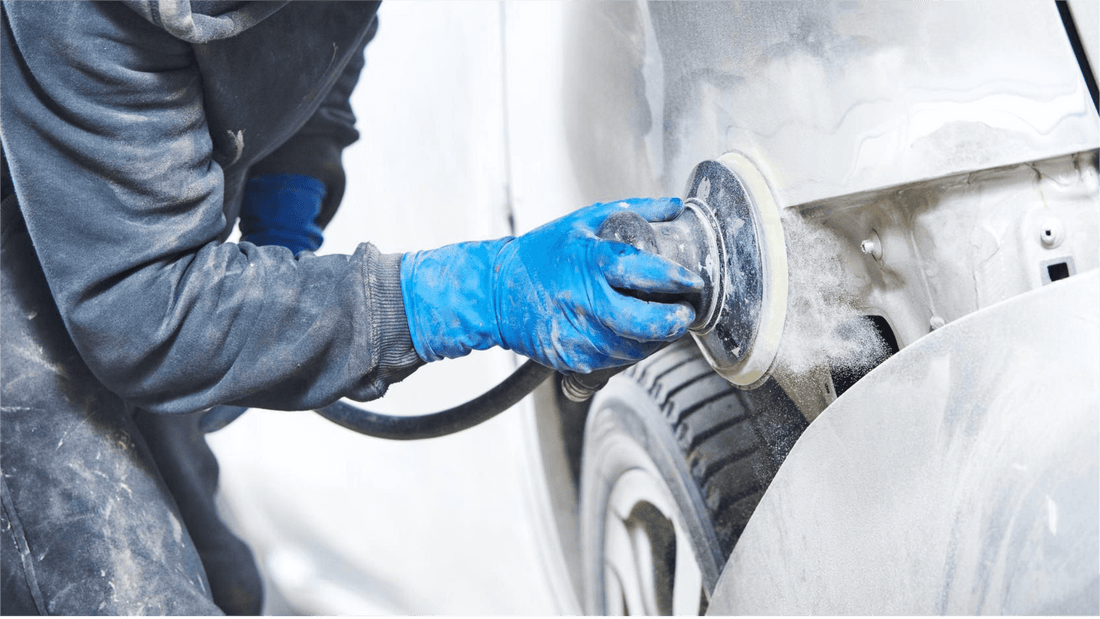
What Type of Sanding Discs Should be Used to Sand Metal?
Sanding is an essential part of any metalworking project. But before you start sanding, it’s important to choose the right type of sanding disc. The wrong disc can be inefficient and may even damage the surface of your metalwork. In this blog post, we’ll take a look at the different types of sanding discs available and why they are best suited for different kinds of metals.
Different Types of Sanding Discs
When it comes to sanding metal, there are three main types of sanding discs: aluminum oxide, ceramic, and Zirconia Alumina Discs. Each with its own unique properties that make it suitable for different metalworking projects. So here’s a quick look at each type of disc.
Aluminum Oxide Discs
 Aluminum oxide discs are one of the most common forms of sandpaper used for many materials, including metal. It’s popular because it’s relatively inexpensive, strong, and durable.
Aluminum oxide discs are one of the most common forms of sandpaper used for many materials, including metal. It’s popular because it’s relatively inexpensive, strong, and durable.Aluminum oxide discs are well-suited for finishing soft metals such as brass, bronze, and aluminum alloys. They tend to last longer than other types of abrasives when used on softer metals and provide a smooth finish.
Ceramic Abrasive Discs
Ceramic abrasives are high-end sanding products, mainly used in the automotive industry to sand car paint. The ceramic sanding discs are featured to cut fast, stay cool, and have minimal loading, which allows ceramic abrasive discs to last longer even against the toughest high-performance metals and alloys. Ceramic grain sanding discs last 30% to 50% longer than other abrasive grains on steel and stainless steel.

The ceramic sanding discs have lower friction and generate lower heat, the cutting is more effective, and the discs do not burn the material, and become less clogging
Ceramic mineral sanding discs are ideal for handling difficult-to-sand materials such as aerospace, superalloys, stainless steel, aluminum alloys, and unalloyed steels. They are also perfect for the repair of cars, boats, and fiberglass, as well as for different industrial finishes.
Silicon Carbide Discs
Aluminum oxide discs are one of the most common forms of sandpaper used for many materials, including metal. It’s popular because it’s relatively inexpensive, strong, and durable. Silicon carbide is used as an unfastened or strong abrasive in a range of applications.
Aluminum oxide discs are well-suited for finishing soft metals such as brass, bronze, and aluminum alloys. They tend to last longer than other types of abrasives when used on softer metals and provide a smooth finish.
Zirconia Alumina Discs

Zirconia alumina is a special type of abrasive material designed for use on hard surfaces such as stainless steel and cast iron. The zirconia alumina grains are much tougher than other abrasives so they can withstand high levels of pressure without breaking down or becoming clogged with debris from the surface being worked on – making them great for heavy-duty jobs like grinding weld seams or removing rust from heavy machinery parts.
Zirconia alumina discs tend to be more expensive than silicon carbide or aluminum oxide but their longevity makes them well worth considering if you need an abrasive disc that will stand up to some serious wear and tear over time.
Choosing the Right Disc
When it comes to choosing the right disc for your project, there are two main factors that you need to consider – material type and grit size. The type of disc you choose will depend on the type of metal you’re working with.
For instance, if you’re working with aluminum or other soft metals, then an aluminum oxide (AO) disc will be best. If you’re working with steel or stainless steel, then a zirconium oxide (ZO) disc is better suited.
The second factor to consider is grit size. There is a grit size range from 40-grit sanding discs (coarse) to 600 grit sanding discs (fine). For most applications, a medium-grit disc (between 80 and 120) works best.
However, if you need a finer finish then you may want to opt for a higher number of grit (200+). Keep in mind that higher-grit abrasives can take longer to cut through metal due to their smaller particle sizes.
How to use a sanding disc on metal
When using a sanding disc on metal it’s important to remember that safety should always come first! Make sure you wear protective goggles and gloves when working with abrasives and never operate machinery without taking proper precautions. Here are some steps for using your sanding disc on metal:
- Securely attach your sanding disc to your sander/grinder.
- Adjust your speed setting according to manufacturer instructions for the best condition.
- Apply light pressure while running the sandpaper for sanders over the surface of the metal.
- Use circular motions while sanding.
- Check regularly for burrs or uneven edges.
- Stop when desired finish is achieved.
Once you’ve finished sanding, remove the disc and store it in a safe place until needed again.
Conclusion
When it comes to choosing the right sanding disc for metalworking projects, there is no one-size-fits-all solution – each type has its own advantages and disadvantages depending on what kind of surface you’re working with and how much pressure needs to be applied during the job at hand.
Aluminum oxide is great for soft metals like brass or bronze while silicon carbide works better with harder metals like steel or stainless steel; zirconia alumina is ideal for particularly tough jobs like grinding weld seams or removing rust from heavy machinery parts but tends to be more expensive than other types.
Ultimately, it's important to select the right disc based on your specific project requirements to get optimal results in the most efficient way possible!
Buy Fastplus Factory-Direct Abrasives
Want to purchase high-quality, factory-direct sanding discs, sanding sheet rolls, and film abrasive discs for automotive applications? Try Fastplus Abrasives today and place your orders online! 
